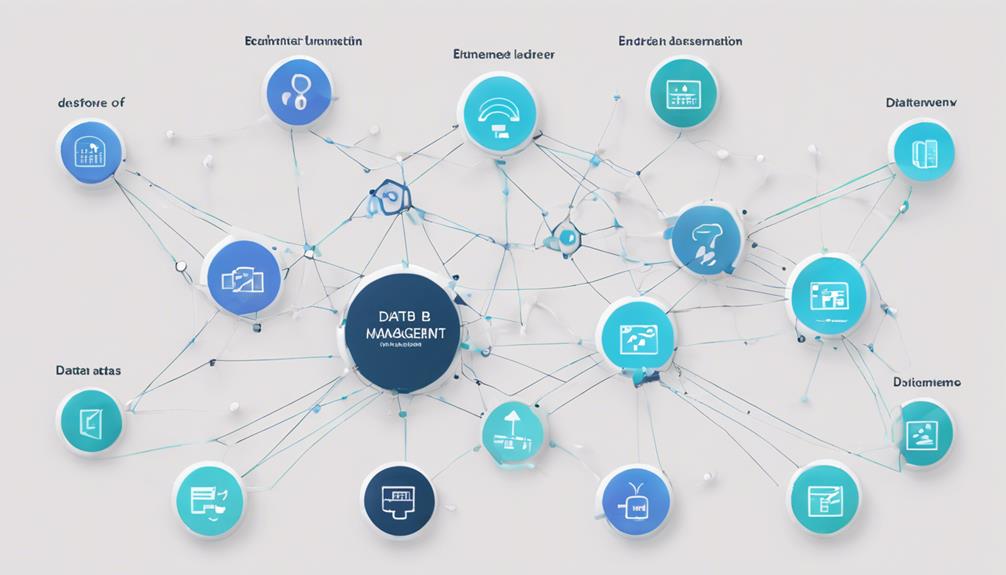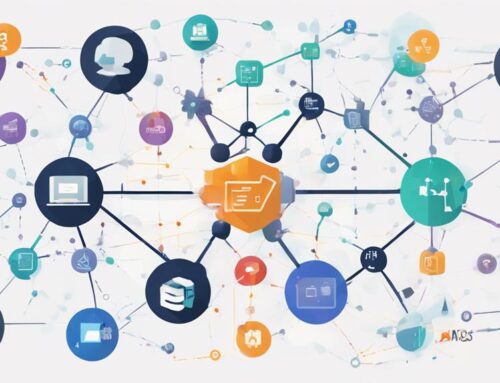To optimize B2B data management with data enrichment, you must first understand the significance of enriching your existing data sets. By incorporating additional valuable information into your databases, you can unlock hidden opportunities and gain a competitive edge in your industry. The process of data enrichment goes beyond just adding more data; it involves refining and enhancing the quality of your existing information to paint a clearer picture of your target audience. This strategic approach not only improves your marketing efforts but also streamlines your decision-making processes, ultimately leading to more informed and impactful business strategies.
Define Data Management Goals
When embarking on optimizing B2B data management through data enrichment, the initial step is to clearly define your data management goals. Data quality is paramount in ensuring that your data is accurate, consistent, and up-to-date. By setting specific goals related to data quality, such as reducing errors or improving completeness, you can tailor your data enrichment efforts effectively.
Another essential aspect to consider when defining your data management goals is data segmentation. This involves dividing your data into meaningful categories based on various criteria such as industry, location, or customer behavior. By segmenting your data, you can personalize your marketing efforts, target specific customer groups more effectively, and ultimately improve your ROI.
When outlining your data management goals, it is crucial to be specific, measurable, achievable, relevant, and time-bound (SMART). This approach will help you stay focused, track your progress, and ensure that your data enrichment efforts align with your overall business objectives.
Identify Data Sources
To effectively optimize B2B data management through data enrichment, after establishing your data management goals, the next step is to identify the sources of data that will fuel your enrichment efforts. When identifying data sources, it is crucial to evaluate their credibility to ensure the accuracy of the enriched data. Start by assessing the reliability and reputation of the sources. Look for well-established data providers in your industry or consider utilizing reputable third-party data sources.
Enhancing accuracy is key to successful data enrichment. Choose sources that provide high-quality, up-to-date information to improve the overall quality of your database. Verify the accuracy of the data by cross-referencing it with multiple reliable sources. Additionally, consider the relevance of the data to your specific business needs to ensure that the enriched data will be valuable for your B2B operations.
Collect and Organize Data
To effectively optimize B2B data management through data enrichment, the next crucial step is to focus on collecting and organizing data. The foundation for successful data enrichment lies in ensuring the accuracy and relevance of the data you are working with. This process begins with data cleansing, which involves removing any inaccuracies, duplicates, or outdated information from your databases. By conducting thorough data cleansing, you can enhance the overall quality of your data, leading to more precise insights and decision-making.
Following data cleansing, the next important aspect is data segmentation. This involves categorizing your data into specific groups based on various criteria such as industry, company size, or geographic location. Data segmentation allows for targeted marketing efforts, personalized communication, and tailored strategies for different segments of your B2B audience. By organizing your data in this manner, you can effectively streamline your marketing campaigns and maximize the impact of your data enrichment efforts. Remember, the key to successful data enrichment lies in the meticulous collection and organization of your data.
Apply Data Enrichment Techniques
With your data now cleansed and organized, the next critical step in optimizing B2B data management is applying data enrichment techniques. Data enrichment benefits include enhancing the quality of your existing data, providing deeper insights into your target audience, and improving the overall effectiveness of your marketing campaigns. By enriching your data, you can gain a better understanding of your customers’ preferences, behaviors, and needs, allowing you to tailor your approach and offerings more effectively.
To apply data enrichment techniques successfully, it’s essential to utilize the right data enrichment tools. These tools can help you append missing information, correct errors, and enrich your dataset with additional relevant details such as firmographic data, technographic data, and social media profiles. Some popular data enrichment tools include Clearbit, ZoomInfo, and Leadfeeder. These tools can streamline the process of enriching your data, saving you time and effort while ensuring you have accurate and comprehensive information to work with. By leveraging these tools effectively, you can unlock valuable insights and drive better business decisions.
Standardize Enriched Data
Occasionally, standardizing enriched data is a crucial step in ensuring the consistency and accuracy of your data sets. Data quality is paramount in the realm of B2B data management, and standardization plays a key role in maintaining high data quality standards. By standardizing enriched data, you can ensure that all information is formatted uniformly, making it easier to analyze and integrate into your existing databases.
Standardization also facilitates data integration by streamlining the process of merging enriched data with your current datasets. When data is standardized, it eliminates inconsistencies and discrepancies that may arise from different sources or formats. This harmonization of data elements enhances the overall integrity of your database, enabling more accurate reporting and decision-making.
Frequently Asked Questions
How Can Data Enrichment Improve Customer Segmentation Strategies?
To improve customer segmentation strategies, data enrichment enhances insights by providing deeper understanding. This leads to improved targeting and enhanced personalization. With enriched data, you can increase conversions by tailoring offerings to specific customer needs and preferences.
What Are the Best Practices for Maintaining Data Accuracy Over Time?
To maintain data accuracy over time, ensure continuous validation of information through automated tools. Implement regular updates to catch inaccuracies promptly. By staying proactive and vigilant, you can uphold the quality of your data for effective decision-making.
Is It Possible to Automate the Data Enrichment Process?
Sure, automating data enrichment can streamline processes, enhance efficiency, and improve data quality. However, manual verification remains crucial to ensure accuracy. By leveraging automation benefits while incorporating manual checks, you can achieve optimal results in data enrichment.
How Can Data Enrichment Help in Identifying New Market Opportunities?
By enriching your data, you can enhance market analysis capabilities, identifying new market opportunities for growth. This process provides insights into customer behavior, trends, and competitive intelligence, helping you make informed strategic decisions for your business.
What Measures Can Be Taken to Ensure Data Security During Enrichment?
To ensure data security during enrichment, you must implement robust measures. Utilize data encryption for protection and set strict access controls. These safeguards play a vital role in safeguarding sensitive information, mitigating risks, and maintaining the integrity of your data.




